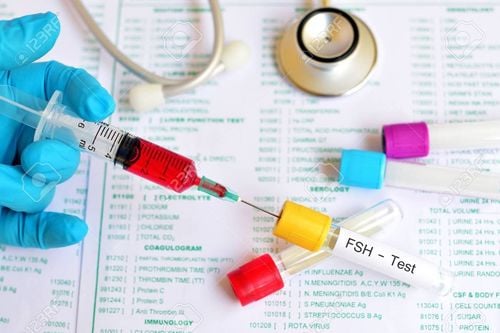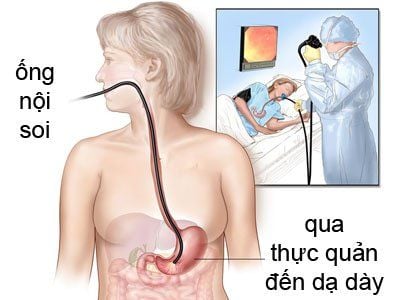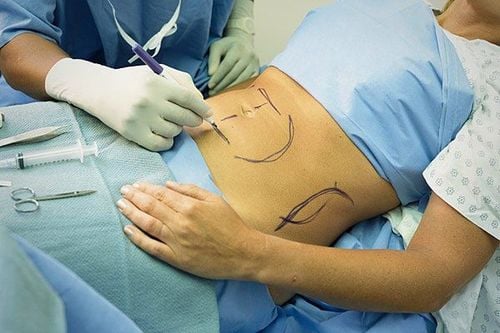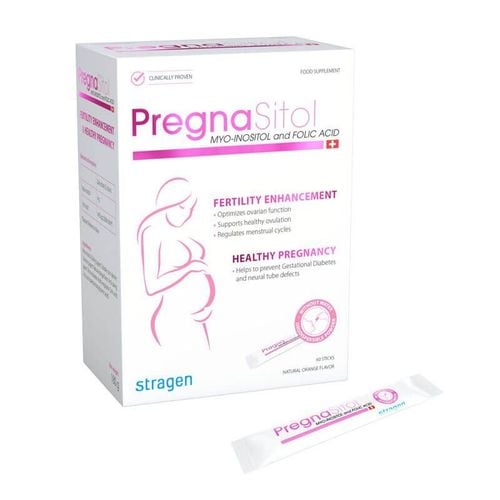This is an automatically translated article.
The article was consulted with Specialist Doctor I Truong Thi Phuong - Doctor of Obstetrics and Gynecology - Obstetrics and Gynecology Department - Vinmec Ha Long International General Hospital.Polycystic ovary syndrome is a common endocrine disorder in women. It is also the cause of infertility in women. Laparoscopic polycystic ovarian cystectomy is performed to facilitate ovulation, making it easier to conceive.
1. Learn about polycystic ovaries
Polycystic ovary syndrome is a combination syndrome of many disorders leading to ovulation disorders such as irregular menstruation, even menorrhagia, and hyperandrogenism with manifestations: hirsutism, beard growth, and clitoris enlargement. People with long-term polycystic ovary syndrome can lead to diabetes, high blood pressure, atherosclerosis, dyslipidemia, endometrial cancer, especially easy to cause infertility. Therefore, depending on the purpose, there are other treatment methods. The cause of infertility in people with polycystic ovary syndrome is that the ovulatory disorder does not stimulate the eggs to develop according to the cycle like normal people. The goal of treatment here is to induce ovulation. Ovulation disorders can be treated with medication or laparoscopic ovariectomy. People with polycystic ovary syndrome have abdominal obesity, menstrual disorders may be amenorrhea, oligomenorrhea, polymenorrhea, menorrhagia, and more severe uterine bleeding. insulin, hyperandrogenism manifests as hirsutism, clitoris hypertrophy, growth in cheekbones, chin, neck mid-chest and below navel, acne, baldness, hair loss.
Buồng trứng đa nang gây vô sinh
2. Laparoscopic ovarian cystectomy to treat polycystic ovaries
Indications: Treatment of polycystic ovary syndrome for infertile patients who do not respond to oral medications before undergoing laparoscopic surgery.Contraindications
Cases that are contraindicated for laparoscopic surgery because of systemic diseases endoscope, light source, monitor, CO2 injection system, endoscopic instruments: non-traumatic forceps, scissors, single- and double-pole electric knife, irrigation and suction system, antiseptic gauze, antiseptic solution .
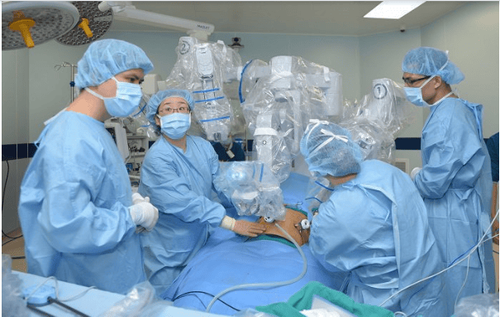
Dàn mổ nội soi bằng robot tại Vinmec
Step 1: Perform general anesthesia, Trendelenburg position, disinfect the abdomen, thighs and genital area. Place a bladder catheter. Step 2: Place the speculum, place the syringe pump through the cervix (if need to explore the tubal patency), conduct peritoneal inflation. Then insert the light into the abdomen Step 3: Evaluate the pelvic area, the entire abdomen, and the liver. Step 4: Perform burning: Poke two trocar 5s on both sides of the iliac fossa to manipulate. Then use the disc to evaluate the ovaries. Perform ovarian point burning with a single-pole electric knife Step 5: Clean the abdomen if necessary, close the abdomen, use antibiotics.
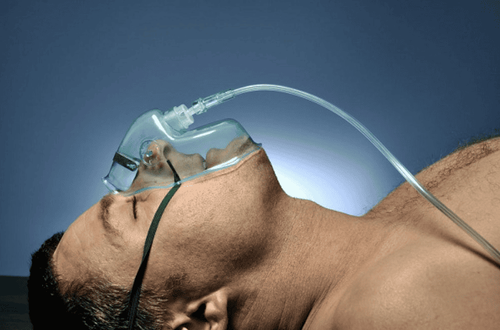
Bệnh nhân được gây mê toàn thân khi phẫu thuật
3. Possible adverse events
Bleeding due to trocar puncture of blood vessels therefore this surgery should be performed by a physician experienced in laparoscopic surgery. Injury to the abdominal organs when performing the burning movement. It needs to be detected early and treated promptly. Infection after surgery. Treatment requires intravenous antibiotics for treatment. Customers can come to the Reproductive Center - Vinmec International General Hospital. This is the leading center in Vietnam, which has developed and applied a comprehensive medical examination and treatment process, combining both gynecology and obstetrics and gynecology to provide the optimal method for each patient's case.Advantages when customers choose Vinmec fertility center:
Equipped with modern equipment, clean air system according to international standards to ensure lab quality, single cabinet system to optimize quality embryo, improving the success rate for each cycle of artificial insemination. Implement most advanced assisted reproductive techniques in the world: ICSI (injection of sperm into the oocyte cytoplasm); support embryo escape membrane; Reproductive reserve: embryo freezing, sperm freezing, oocyte freezing to help customers take the initiative in giving birth at will, transferring embryos on day 5, minimizing pregnancy; male infertility techniques (PESA, MESA, TEFNA, TESE) Besides advanced reproductive support methods, a team of excellent doctors in the country and the world, with prestige and long-term experience in the field of infertility .
Please dial HOTLINE for more information or register for an appointment HERE. Download MyVinmec app to make appointments faster and to manage your bookings easily.






